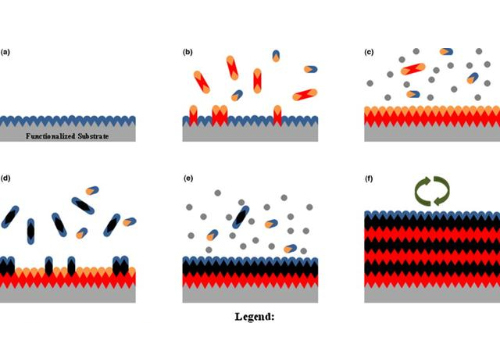Application of Nanotechnology in the New Energy Industry
With the current wave of technological advancements, nanotechnology is expected to play a very significant role in developing inexpensive and clean energy. Nanotechnology has great potential to solve most of today’s energy challenges. At their size dimension, the chemical, biological, and physical properties of nanomaterials differ greatly in valuable and fundamental ways from the properties of individual molecules, atoms, or bulk matter.
The characteristics present in materials at the nanoscale present a host of innovative applications of nanotechnology. These innovative uses include the creation of revolutionary and new energy applications. These apply to a wide variety of energy sources including geothermal, hydrogen, solar, natural gas, and fission energy.
Hydrogen which is great energy storage medium is not a primary source of energy. This has made the realization of an alternative energy source from hydrogen almost impossible. Nanotechnology has provided new methods of approaching the interaction of materials with hydrogen, and it has provided more efficient and cost effective methods of storage and transportation of the gas.
Nanoscience has also made solar energy more economical by improving the efficiency of the photovoltaic cells. It is also through nanotechnology that the problem of waste, that plagues all nuclear plants, seems to be close to getting workable solutions. Furthermore, it is through similar tevchnology that geothermal energy sources have been enhanced by enhancing the thermoconductivity of the materials used.
Eventually nanotechnology is expected to allow for more efficient, more powerful, and inexpensive energy production, distribution, and transmission. Nanotechnology will not only allow for the optimization of the current energy sources, but it will also make it possible for new energy sources such as nuclear, solar, geothermal, and natural gas to be fully exploited.
Additionally, nanotechnology is expected to make it possible to reduce consumption of energy by a great margin through the manufacture of more energy efficient appliances. The application of nanotechnology in the energy sector might turn out to be the most important tech advancement of our time.



